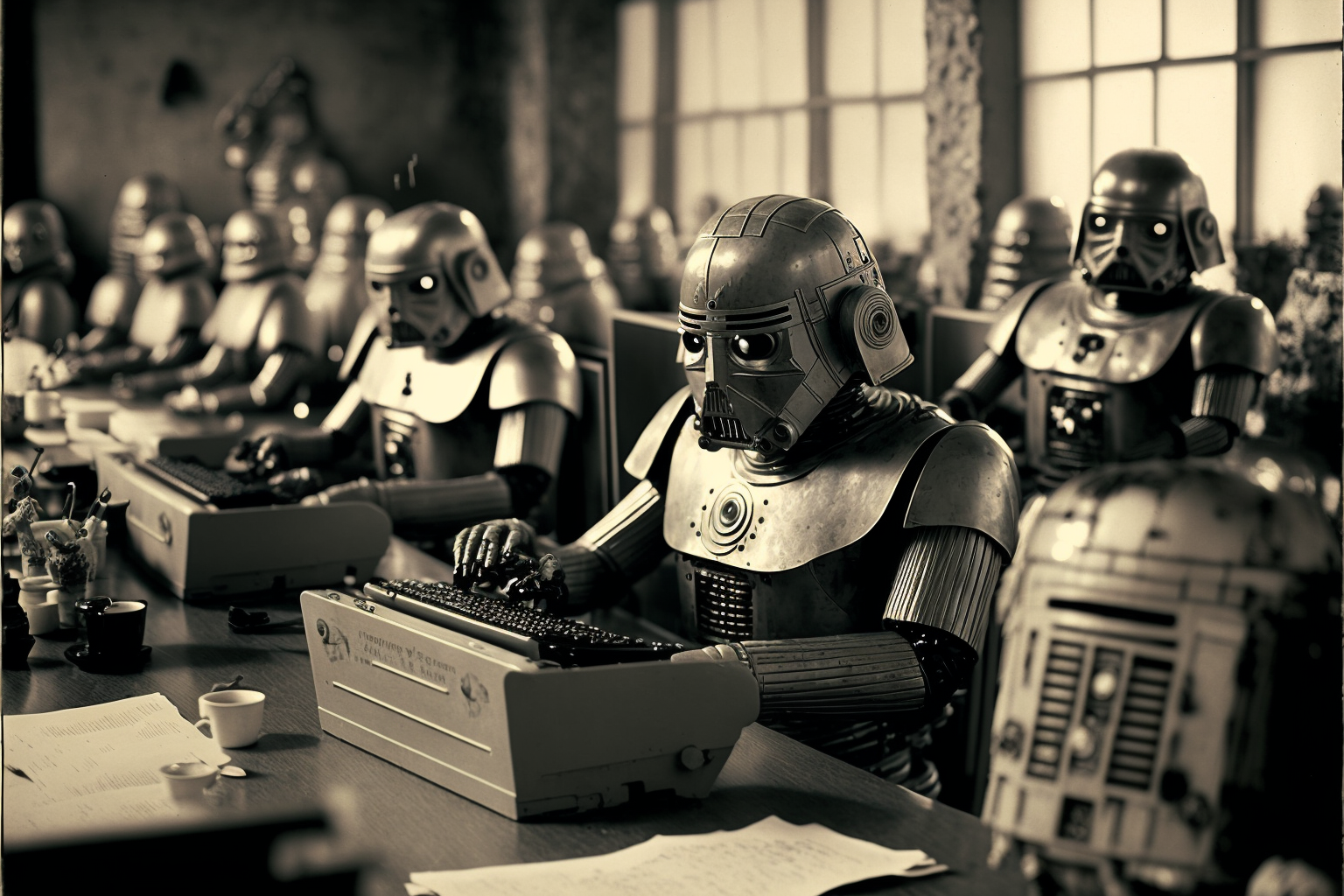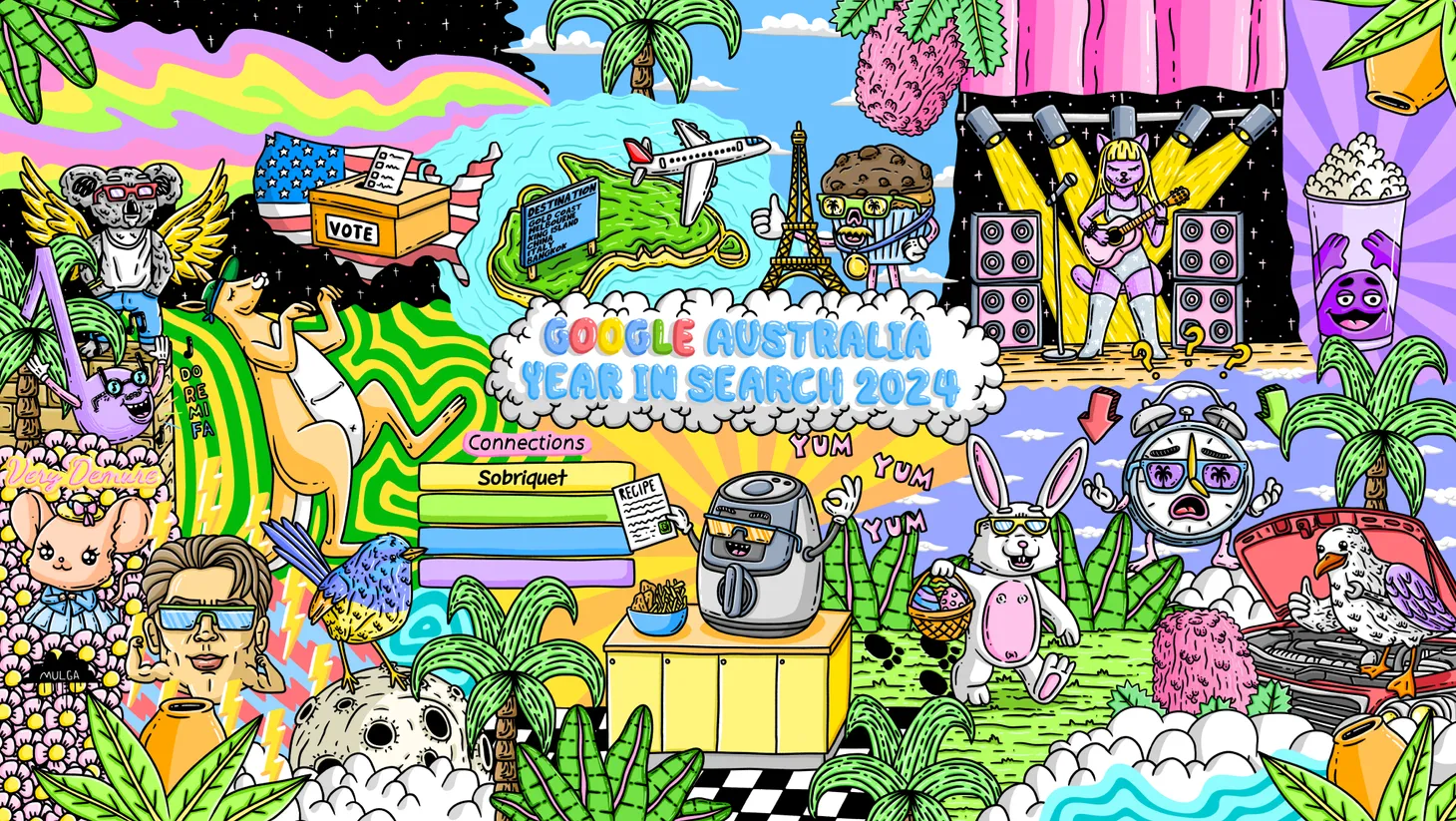What will the Canva of AI copy mean for writing?
Every industry has its practitioners who over charge and under deliver. Both graphic design and copywriting have more than their fair share.

I recently posted to my LinkedIn page (where I'm sharing more short ideas than Twitter these days):
Saw an article headlined "AI is the end of writing". I'd argue it's the end of BAD writing. AI will deliver better than bad, and human writers will need to be great to be worth the premium over AI. (LinkedIn link)
The more I think on it the more I see a future where we do end 'bad' writing but we also see a surplus of deeply average work that starts to become highly identifiable and becomes the new white noise.
Canva has been a wonder for raising the baseline of DIY design. Good designers were as worried about it as some writers are now about what happens in an AI copy world. It automates a lot of basic design work so you can present an idea, social post or flyer with above average quality. But it hasn't and doesn't deliver the end of great, premium design.
Every industry has its practitioners who overcharge and underdeliver and both graphic design and copywriting have more than their fair share. Seeing these people pushed aside by smart tools that help people get more of the basics without spending big is a good thing.
But it's also true that you can quickly start to see Canva templates across the web. There's now a broad base of good-but-similar designs that do the job required but don't cause a beautiful friction in the mind to make you pay attention that great design achieves.
The thing is, plenty of great work is also being achieved through Canva. It just takes a little more time and more thought to use a good tool to achieve great results. Spending time to refine a design and set it apart from the stock templates can make all the difference.
I don't doubt the same path is ahead for AI copywriting. Lots of words that start to feel like a template. People who learn to use these tools to push for deeper quality and then refine and edit the first drafts will see better results.
Above that, there remains room for a tier of great work that is carefully crafted to capture attention and engage a reader with careful thought and useful provocation.
We still have craftspeople even as furniture has been industrialised. It's a very different business today. It's a smaller business today (hello media industry). But great craftspeople still shine bright.
We're just a few years past the 200th anniversary of the Luddites smashing looms over the industrialisation of textile work. Manual jobs have certainly been lost through industrialisation again and again. But the new processes also create new opportunities for great minds to explore.
(A gross simplification of the issues of the Luddites – the problem wasn't the tools so much as the shift toward a system where the people were no longer respected as experts and were now treated as menial machine workers as factory owners took all the profits for themselves...)
If you can think of past skills that have all but disappeared due to automation I'd love to hear them. Cobblers? Milliners? Are these due to automation? Or globalisation and disposable clothing standards? As ever, the line between whether an issue lies in the technologies or in the social systems is a tricky one.
Hit me with your own thoughts.
Byteside Newsletter
Join the newsletter to receive the latest updates in your inbox.



